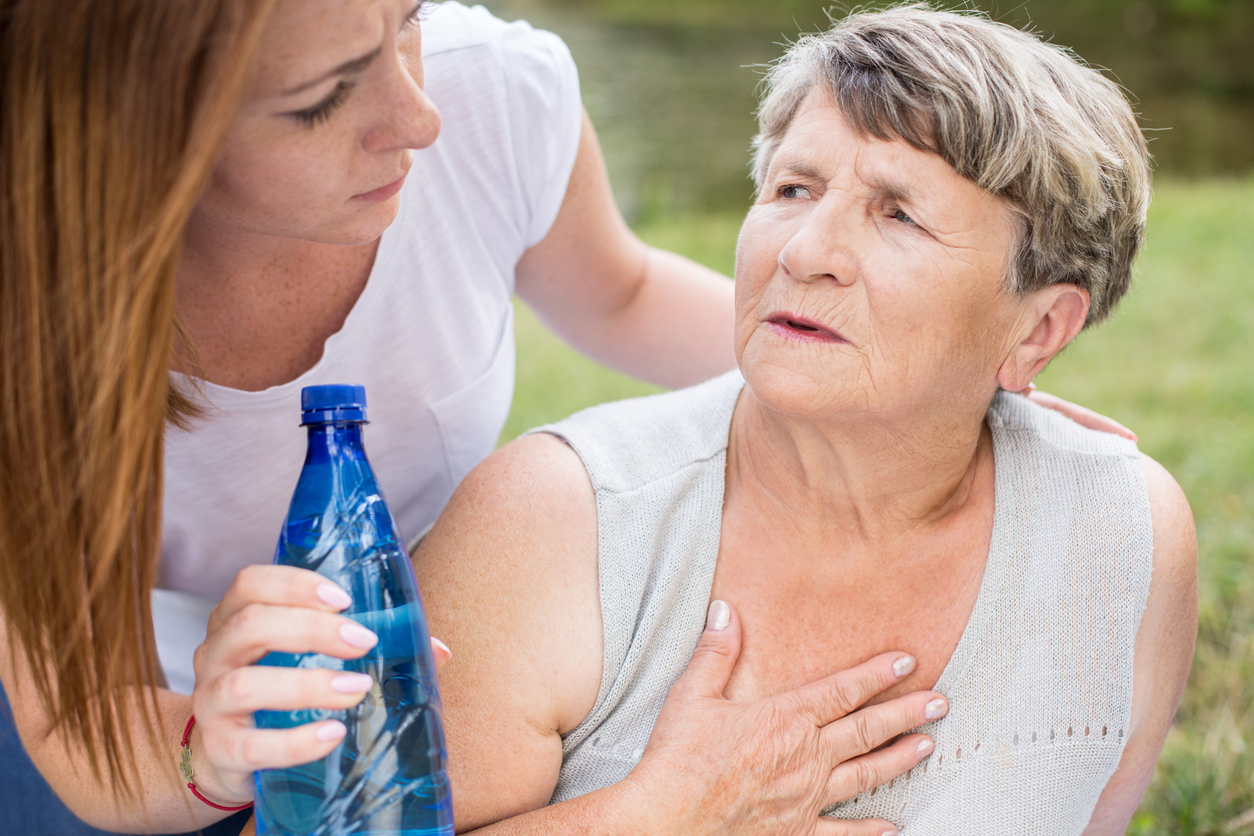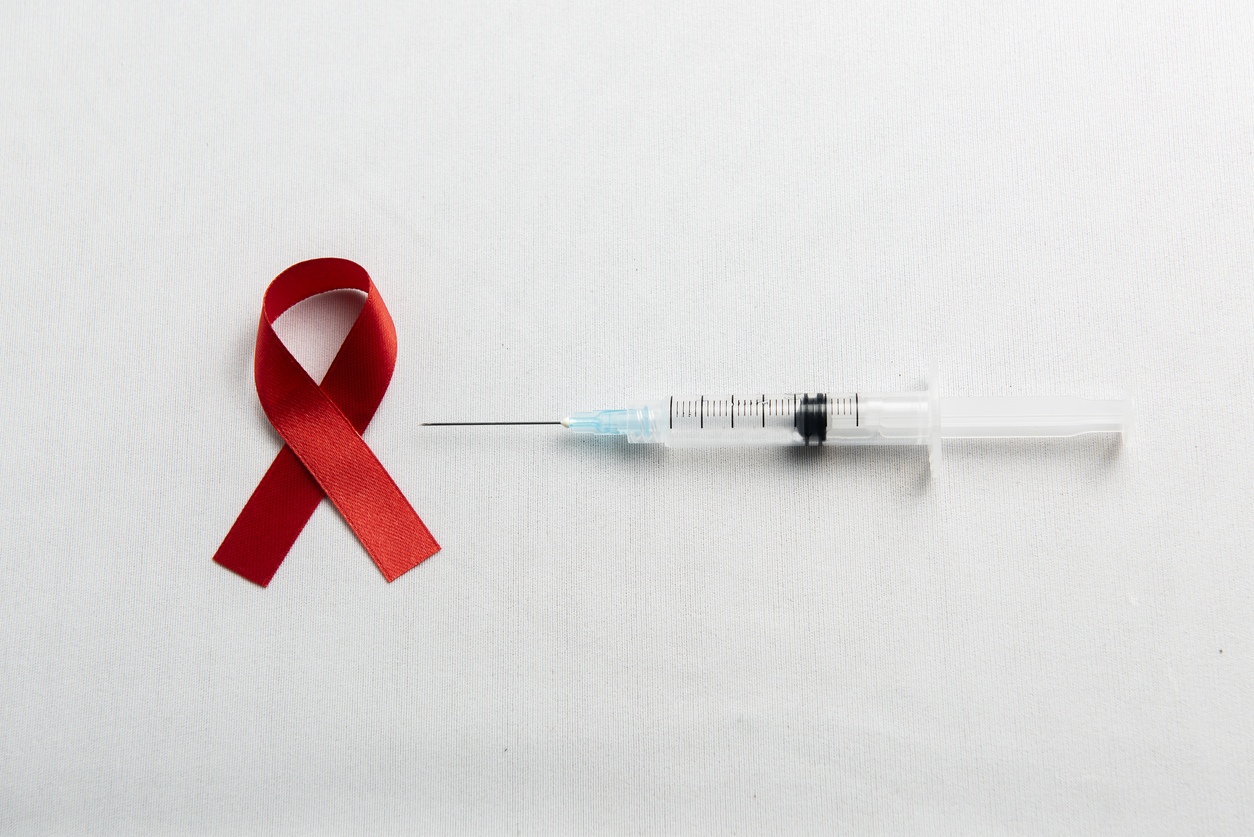2025-07-17
Outdoor temperature and severe hyponatremia: a growing threat in the age of climate change
Nephrology
By Lila
Rouland | Published on July 17, 2025 | 3 min read
#Hyponatremia #SeniorHealth #ClimateChange
A retrospective cohort study conducted in Stockholm reveals a strong, direct association between high outdoor temperatures and the occurrence of severe hyponatremia, defined as a serum sodium concentration below 125 mmol/L. These findings, based on robust data collected over 14 years, highlight vulnerable populations—women and the elderly—and project a significant increase in the burden of this condition by 2050 due to climate change and population aging.
The main goal was to assess how ambient temperatures influence the prevalence of severe hyponatremia in an urban population. The study also aimed to model this relationship for the year 2050, factoring in climate projections and expected demographic changes in the Stockholm region.
Researchers used the Stockholm Sodium Cohort (SSC), a database including 1.6 million individuals who had sodium levels tested between 2005 and 2018. A total of 51,143 person-days of severe hyponatremia were recorded in 21,924 adults. Sodium concentrations were compared with daily mean temperatures (in 1°C increments), obtained from the Swedish Meteorological and Hydrological Institute (SMHI), based on municipality of residence.
Sub-analyses were conducted by sex and age groups: 18–64 years, 65–79 years, and ≥80 years. Predictive models estimated case evolution by 2050 under two scenarios: a 1°C or 2°C temperature rise and regional demographic changes.
The analysis showed a nearly linear relationship between temperature and hyponatremia up to 20°C, above which prevalence increases significantly:
Seasonal analysis indicates July as the most critical month with 6.58 cases per million, compared to 4.27 in February. Women and Seniors on the Frontline: Up to 8 Times Higher Rates of Hyponatremia The study shows women suffer more than twice the rate of men:
By age:
Projections for 2050: A Concerning Rise of 66% to 73% Taking into account IPCC climate forecasts (+1°C to +2°C by 2050) and expected demographics:
The proportion of people over 65 in Sweden is expected to rise by 73% by 2050, while younger age groups decline—worsening overall vulnerability.
The study challenges common beliefs about hydration in hot weather. Contrary to the hypothesis of excessive sodium loss through sweat, the authors suggest a mechanism of water retention via inappropriate secretion of ADH (antidiuretic hormone), frequently observed in older adults. These individuals accumulate several vulnerability factors: multiple comorbidities, diuretic use, and age-related physiological changes. During heatwaves, generalized advice to “drink plenty” may become counterproductive—or even dangerous—for certain profiles. A more nuanced and targeted public health messaging approach is needed.
By establishing a clear, dose-dependent, and alarming correlation between ambient temperature and severe hyponatremia, the study sounds the alarm. Projections show a near future where heatwaves, coupled with population aging, could cause a surge in cases. This trend poses a direct threat to hospitals and emergency services, particularly in summer. To mitigate the impact, the authors call for a targeted prevention strategy: heat alert systems, patient education, and clinical practice adaptations for this often-overlooked yet vital electrolyte.
About the Author – Lila Rouland
Doctor of Oncology, specialized in Biotechnology and Marketing
With dual expertise in science and marketing, Lila brings her knowledge to the service of healthcare innovation. After five years in international academic research, she transitioned into medical and scientific communication within the pharmaceutical industry. Now working as a medical writer and content developer, she is committed to highlighting scientific knowledge and conveying it to healthcare professionals with clarity and relevance.
#Hyponatremia #SeniorHealth #ClimateChange
A retrospective cohort study conducted in Stockholm reveals a strong, direct association between high outdoor temperatures and the occurrence of severe hyponatremia, defined as a serum sodium concentration below 125 mmol/L. These findings, based on robust data collected over 14 years, highlight vulnerable populations—women and the elderly—and project a significant increase in the burden of this condition by 2050 due to climate change and population aging.
When temperatures rise, sodium drops: understanding the climate impact on severe hyponatremia
The main goal was to assess how ambient temperatures influence the prevalence of severe hyponatremia in an urban population. The study also aimed to model this relationship for the year 2050, factoring in climate projections and expected demographic changes in the Stockholm region.
From sodium to climate: a 14-year cross-analysis of 1.6 million swedes
Researchers used the Stockholm Sodium Cohort (SSC), a database including 1.6 million individuals who had sodium levels tested between 2005 and 2018. A total of 51,143 person-days of severe hyponatremia were recorded in 21,924 adults. Sodium concentrations were compared with daily mean temperatures (in 1°C increments), obtained from the Swedish Meteorological and Hydrological Institute (SMHI), based on municipality of residence.
Sub-analyses were conducted by sex and age groups: 18–64 years, 65–79 years, and ≥80 years. Predictive models estimated case evolution by 2050 under two scenarios: a 1°C or 2°C temperature rise and regional demographic changes.
Severe hyponatremia: a silent surge above 20°C
The analysis showed a nearly linear relationship between temperature and hyponatremia up to 20°C, above which prevalence increases significantly:
- At -10°C: 3.07 cases per million person-days.
- At 20°C: sharp inflection point.
- At 26°C: 12.89 cases per million person-days (95% CI: 10.20–16.29), representing over a 300% increase.
Seasonal analysis indicates July as the most critical month with 6.58 cases per million, compared to 4.27 in February. Women and Seniors on the Frontline: Up to 8 Times Higher Rates of Hyponatremia The study shows women suffer more than twice the rate of men:
- Women: from 3.74 cases/million at low temperature to 16.39 cases/million at the highest temperatures.
- Men: significantly less affected across all temperature ranges.
By age:
- 18–64 years: rates from 1.75 to 3.72 cases/million.
- 65–79 years: more pronounced increase.
- ≥80 years: from 17.75 to 137.14 cases/million at 25°C—nearly an 8-fold increase.
Projections for 2050: A Concerning Rise of 66% to 73% Taking into account IPCC climate forecasts (+1°C to +2°C by 2050) and expected demographics:
- Estimated prevalence in 2050: 8.29 to 8.64 cases per million person-days.
- This represents a 66% to 73% increase compared to the reference period.
- Without population growth, changes in age and gender structure alone would result in 3% to 6% increases.
The proportion of people over 65 in Sweden is expected to rise by 73% by 2050, while younger age groups decline—worsening overall vulnerability.
Revisiting guidance on hyponatremia risk among the elderly
The study challenges common beliefs about hydration in hot weather. Contrary to the hypothesis of excessive sodium loss through sweat, the authors suggest a mechanism of water retention via inappropriate secretion of ADH (antidiuretic hormone), frequently observed in older adults. These individuals accumulate several vulnerability factors: multiple comorbidities, diuretic use, and age-related physiological changes. During heatwaves, generalized advice to “drink plenty” may become counterproductive—or even dangerous—for certain profiles. A more nuanced and targeted public health messaging approach is needed.
Severe hyponatremia: the next climate emergency?
By establishing a clear, dose-dependent, and alarming correlation between ambient temperature and severe hyponatremia, the study sounds the alarm. Projections show a near future where heatwaves, coupled with population aging, could cause a surge in cases. This trend poses a direct threat to hospitals and emergency services, particularly in summer. To mitigate the impact, the authors call for a targeted prevention strategy: heat alert systems, patient education, and clinical practice adaptations for this often-overlooked yet vital electrolyte.
Read next: Resilient body, hesitant brain: the subtle cost of neglecting hydration
About the Author – Lila Rouland
Doctor of Oncology, specialized in Biotechnology and Marketing
With dual expertise in science and marketing, Lila brings her knowledge to the service of healthcare innovation. After five years in international academic research, she transitioned into medical and scientific communication within the pharmaceutical industry. Now working as a medical writer and content developer, she is committed to highlighting scientific knowledge and conveying it to healthcare professionals with clarity and relevance.

Last press reviews
Twice-yearly injections to change the game?

By Ana Espino | Published on December 3rd, 2025 | 3 min read
HIV & young people: what if we changed the rules?

By Ana Espino | Published on December 2nd, 2025 | 2 min read
